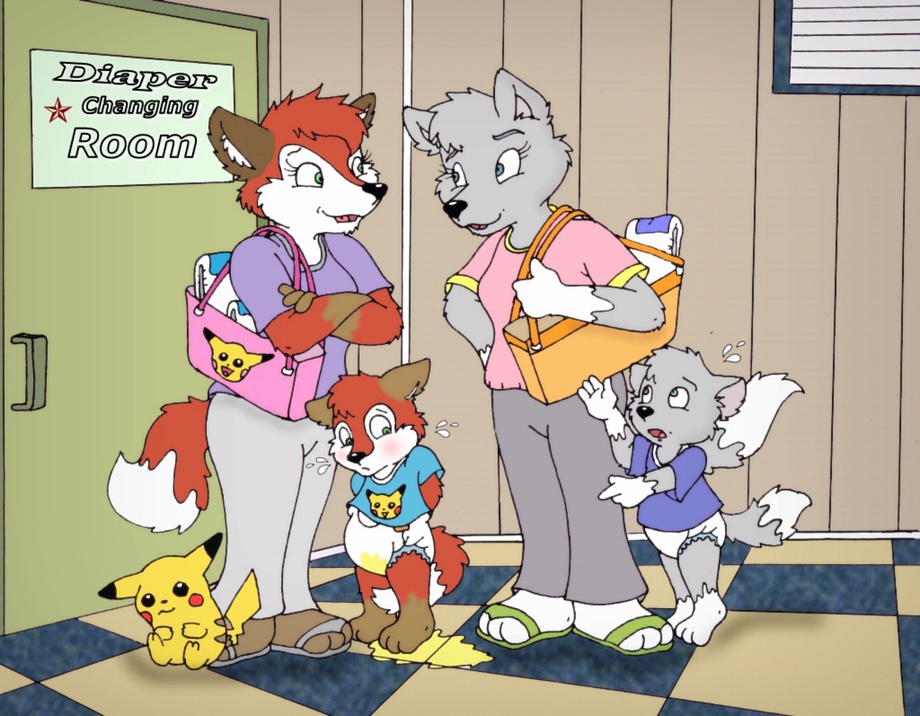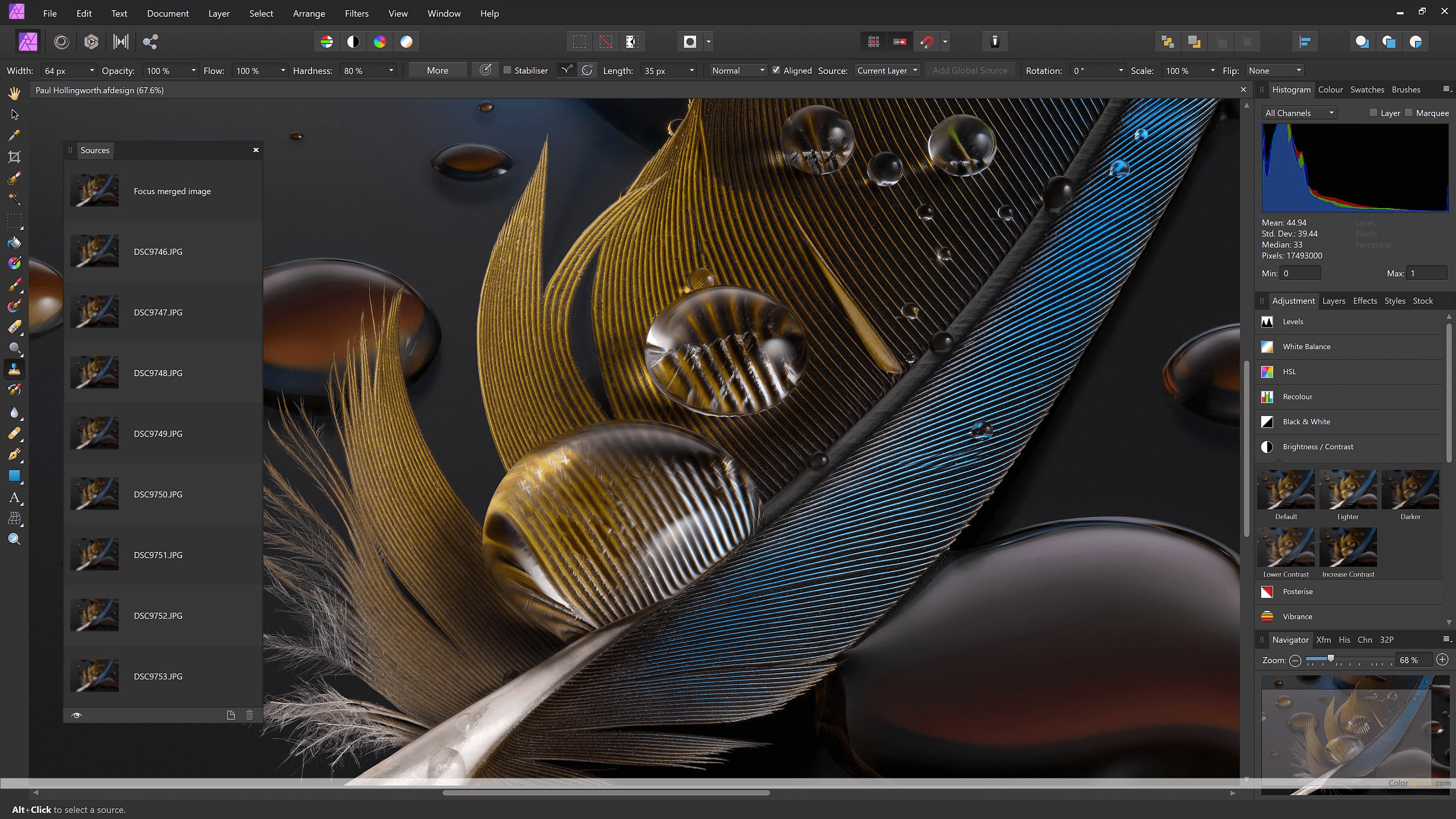

Loop forever: leave this enabled if you’d like your GIF to loop infinitely.As animation: this will ensure that your GIF is exported as an animation, so make sure to enable this setting if you want to create animated GIFs with GIMP, otherwise your GIF will be static.Make sure to choose the following presets: The Export Image As GIF menu should populate: Pay special attention to the presets on the Export Image as GIF menu as it will dictate the behavior of your animated GIF once exported. In the export menu, be sure to select GIF Image from the Select File Type directory: Make sure to choose GIF from the dropdown in the Export Menu.Ĭhoose a location on your hard drive to save your work to, then click the Export button.

Navigate to File > Export As or press Control + Shift + E on your keyboard.

This can be done by opening the Export Menu. Once you’ve previewed your animated GIF and you’re happy with how it looks, it is time to save (or export) your work. There’s also an indicator in the bottom-right corner of the menu that indicates which frame the animation is on as it progresses. There’s also presets that allow you to zoom out, fast forward, rewind, and pause your animation. For this particular design, I chose One frame per layer (replace) from the dropdown. These settings allow you to dictate the frames per second (or “FPS” for short,) as well as the method for animating. Make sure to pay attention to the settings at the bottom of the window. A window will populate allowing you to play your animation: The Preview Animation window can give you a glimpse of how your animation will look once exported. Once you’ve arranged your layers and you’re ready to see how the animation looks, you can preview it before exporting by navigating to Filters > Animation > Playback. If working from bottom to top, you can create them in clockwise order. That being said, if you want your spinner to spin in a clockwise direction - like in my example - then you’ll have to arrange your frames in counter-clockwise order if working from top to bottom. The layer on the bottom acts as the beginning frame, whereas the layer at the top acts as the end frame.

Once exported, GIMP will treat each layer as a frame in the animation. It marks a new trend where great high end alternatives exist for the visual effects freelancer or small shops, which is always good news.Each layer represents a frame in the animation.
ANIMATION IN AFFINITY PHOTO FREE
Affinity Photo is only around$60 dollars or so, with no subscription fee While BlackMagic offers a free version of Fusion along with a new price of only $299 for Fusion Studio. More importantly, it’s relevant to note that there is a bit of a surge in tutorials that no loner include core Adobe products.
ANIMATION IN AFFINITY PHOTO SERIES
The final result of all the layers will combine into a single image using a series of merge nodes. It’s just a matter of exporting as a PSD file from Affinity Photo, and setting Fusion to read layered PSD in such a way that each PSD image layer can be converted into its own loader node in Fusion. In a recent post, Hazelden shows a simple 4-step process for importing Affinity Photo artwork to BlackMagic Design Fusion or Fusion Studio. Visual Effects Artist Andrew Hazelden Shows a Simple 4-Step Process for Working With Affinity Photo Layered Artwork in FusionĪndrew Hazelden is a VFX Artist and Developer of some nice VR tools for Maya and Fusion as well as some tools for C4D.


 0 kommentar(er)
0 kommentar(er)
